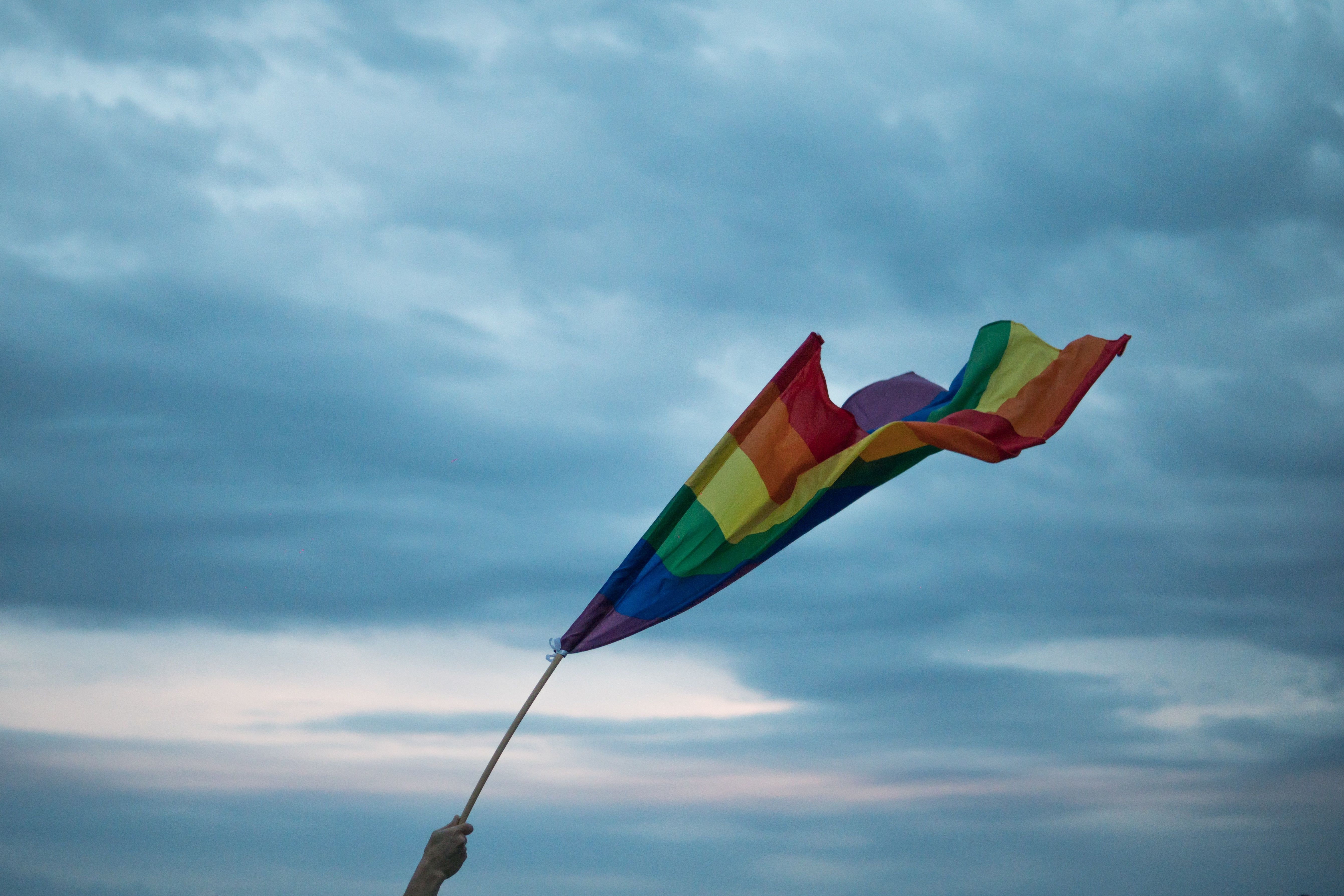LGBTQ+ representation in literature
Literature has always been dominated by heterosexual characters. For those of you who are unaware, underneath the umbrella that is sexuality, there lies a plethora of other orientations and preferences. While the LGBTQ+ acronym has a few definitions, the most commonly understood version is Lesbian, Gay, Bisexual, Transgender and Questioning or Queer (and the plus stands for many others, including—but not limited to—Asexual and Pansexual). The acronym has been expanded over the years to include as many different sexual preferences and identities as possible – so while the community appears to be attempting to represent the vast idiosyncratic nature of our species, it seems that literature may be falling behind slightly.
Literature can provide a safe haven of knowledge and reassurance for those whose feelings stray from the ‘normalised’ biologies and identities of human beings.
Until fairly recently, LGBTQ+ characters were not really present in any genre of literature. Characters were simply defined as heterosexual, only experiencing romantic feelings for those of the opposite sex. And this is not an accurate reflection of our society today. The lack of representation of LGBTQ+ characters in literature is detrimental to the wellbeing of young adolescents who are questioning their orientation or identity. Literature can provide answers. It can provide a safe haven of knowledge and reassurance for those whose feelings stray from the ‘normalised’ biology of human beings. It is wrong for heterosexuality to be promoted- however unconsciously- as the one and only sexual preference among humans. Overshadowing other types of sexuality with love triangles of straight relationships has become an increasingly irritating cliché. Teenagers (and everyone, for that matter) need more LGBTQ+ representation in literature in order to feel accepted. The effect of envisioning a character—fictional or otherwise—who shares the same preference as the potentially self-conscious reader cannot be overstated.
While lesbian and gay characters are being included in many more novels nowadays, authors still tend to shy away from exploring the B in LGBTQ+ — that is, bisexuality, which in itself has received backlash within both the heterosexual and homosexual community. Additionally, literature has not strayed into the territory of asexuality and aromanticity, which is defined as experiencing a lack of sexual or romantic feelings towards anyone. The idea of romance has been constructed as a prominent element in many genres of fiction. Therefore, this is not only a matter of shattering traditional ideologies on sexuality, but also breaking down the expectations of genre within literature. In order to allow inclusive representation for all sexualities, authors need to defy the fictitious boundaries constructed within romance, fantasy, sci-fi, comedy, horror, mystery and so on. Furthermore, many authors may fear writing LGBTQ+ characters, as sexuality is such a personal and individualistic experience. Moreover, references to LGBTQ+ characters in literature need to be as positive as possible, in order to avoid backlash from the community and make their inclusion in the novel beneficial. Once again, this may be a contributing factor to their lack of presence.
The broader perspective of sexuality is being presented in literature, and it is also gaining critical acclaim and being rewarded…
However, LGBTQ+ representation has not been completely disregarded within Young Adult fiction. Authors like David Levithan, Rainbow Rowell, Adam Silvera and Becky Albertalli have all written books which feature characters that would be considered part of the LGBTQ+ spectrum. And literature has definitely proved that it is willing to discuss other sexualities. While many LGBTQ+ characters are familiar with being written into the minor character roles, Albertalli’s novel, Simon vs. The Homo Sapiens Agenda (published in 2015), features a gay teenage boy as the main character. In 2010, John Green and David Levithan’s book Will Grayson, Will Grayson was published, and it became the very first LGBTQ+ novel to be featured on the The New York Times list. The same year, the graphic novel Blue is the Warmest Colour, by Julie Maroh, was published. This graphic novel-turned film encapsulates the romance between two women; the film went on to win the Palme d’Or award at the Cannes Film Festival. Not only is the broader perspective of sexuality being presented in literature, it is also gaining critical acclaim and being rewarded, rather than being published and dismissed by a society uninterested in discussing the phenomenal and enlightening breadth of human beings’ romantic diversity. This springs hope for the future of representational, inclusive literature.
It is imperative not to underestimate the power of representation in literature. It could save the lives of teenagers who believe there is something fundamentally wrong with them. Let literature tell them that there is not.

Comments (1)
If you loved Carry On, check out these original fan art character buttons
https://www.etsy.com/listing/585594902/carry-on-character-buttons-by-rainbow